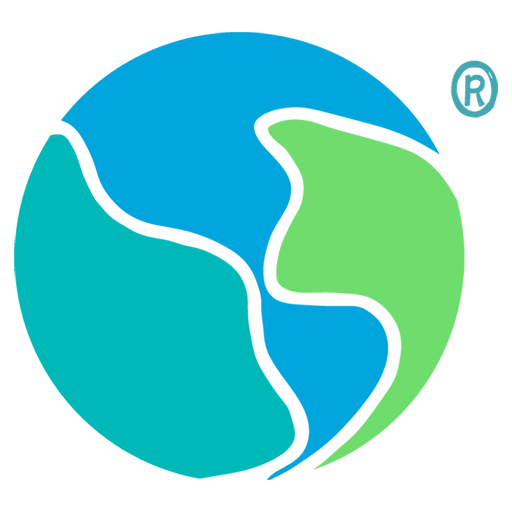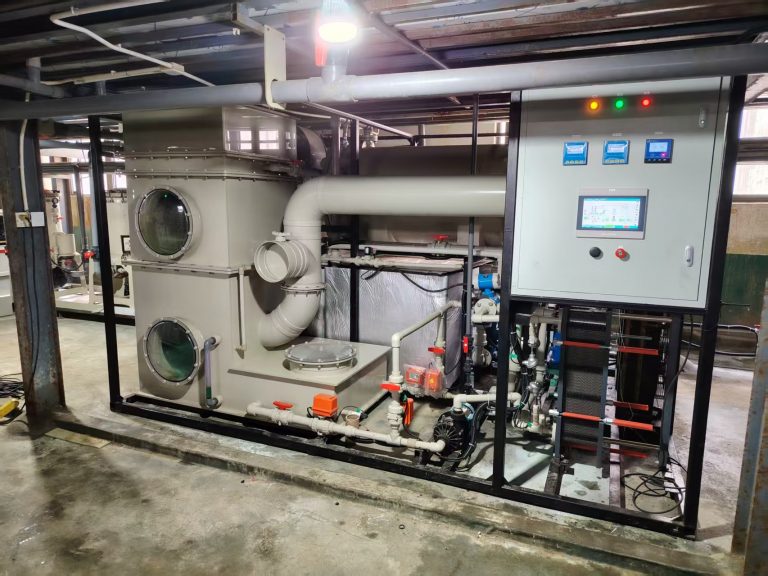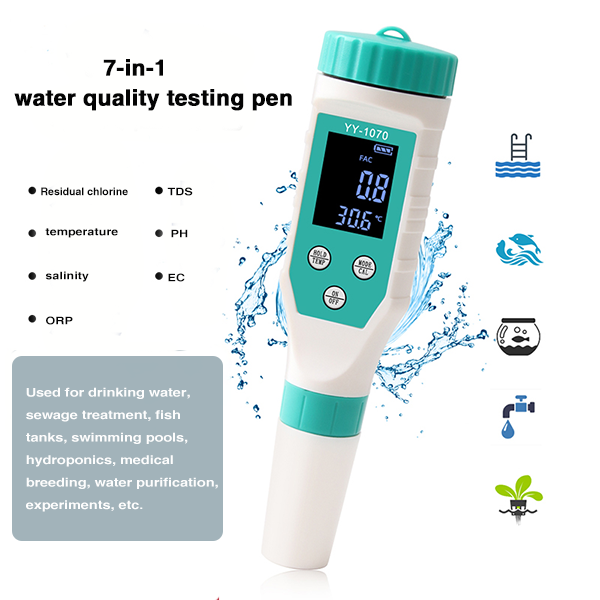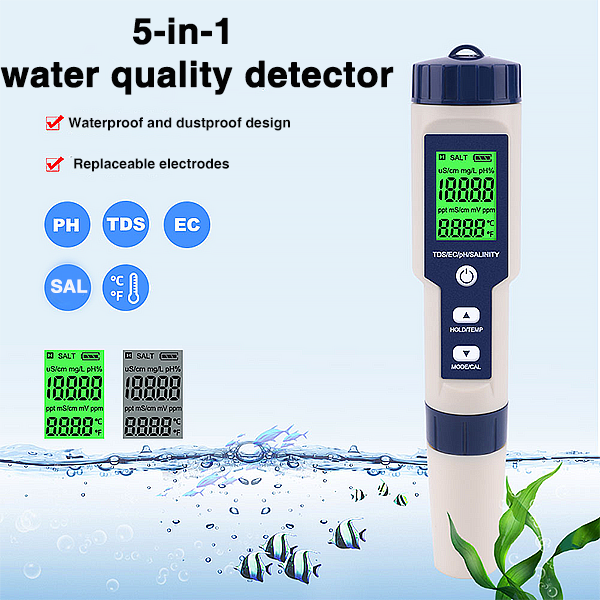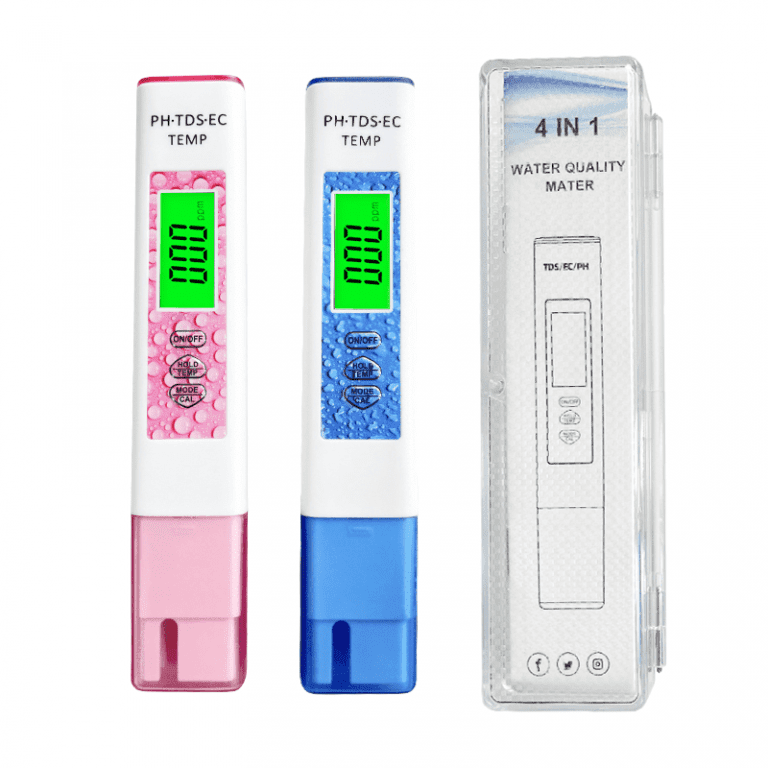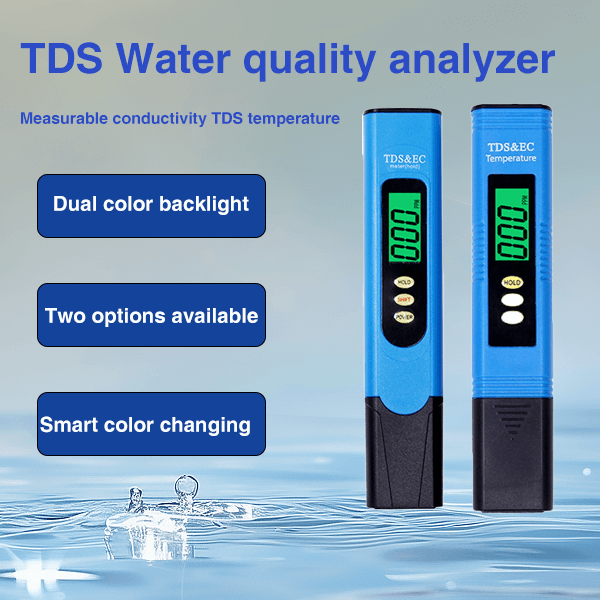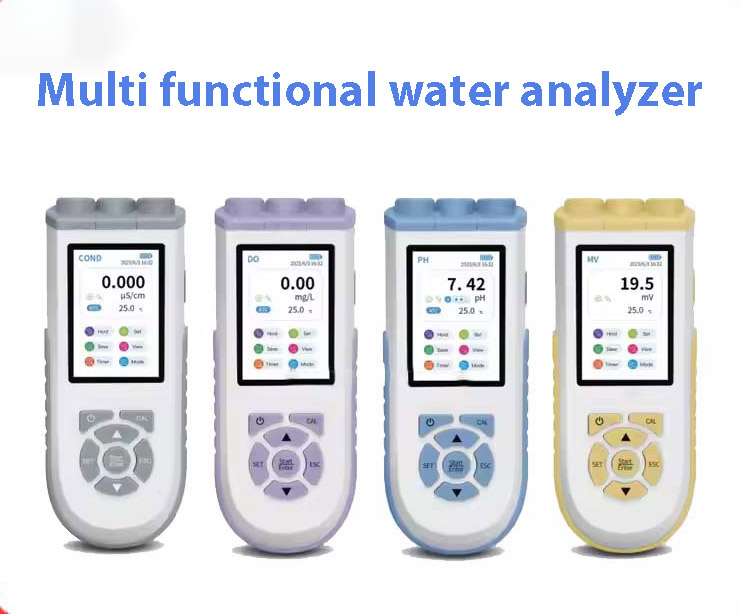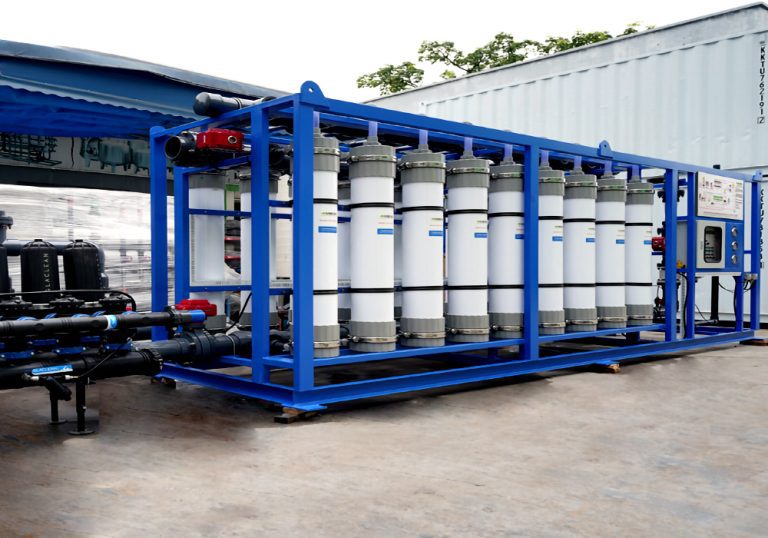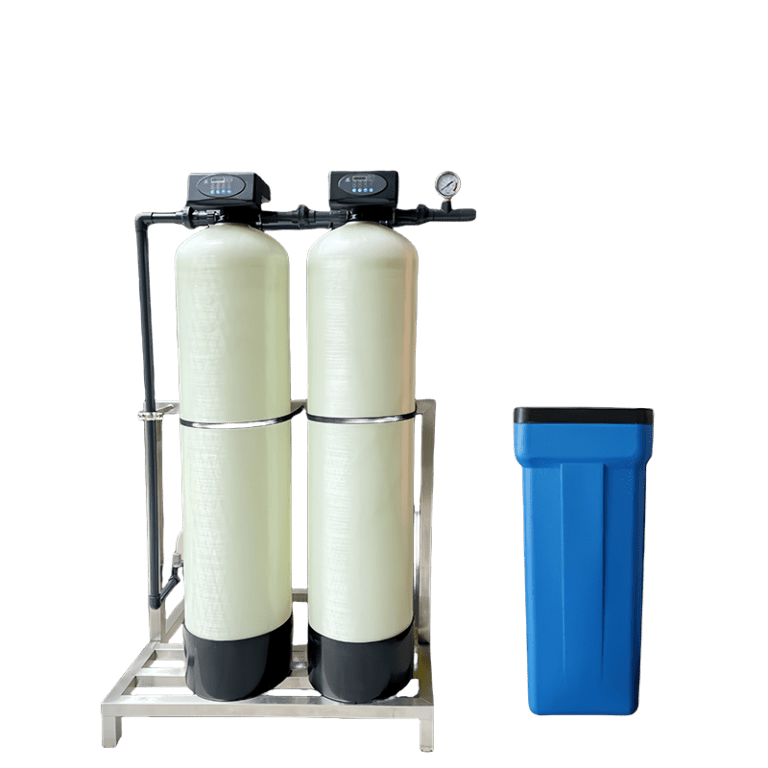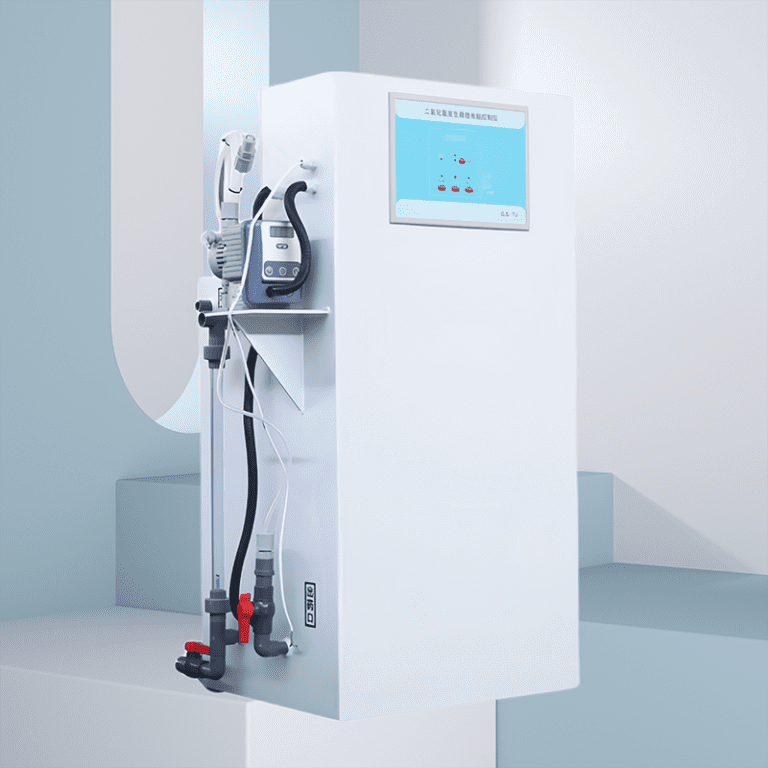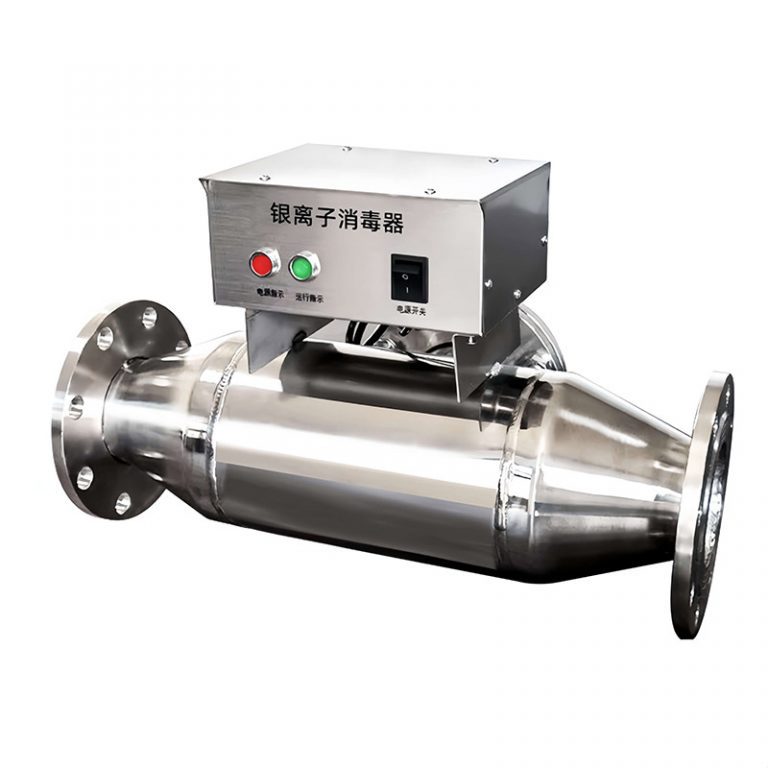Today we will introduce some technical terms regarding to the water treatment plant. It is important for us to know these terms to better understanding the plants.
1. Surface water; It refers to water that exists on the surface of the Earth’s crust and is exposed to the atmosphere. It is a general term for four types of water bodies: rivers, glaciers, lakes, and swamps, also known as “land water”.
2. Groundwater; It is stored in geological voids below the gas bearing zone (which refers to geological media located below the Earth’s surface and above the water table), including water in rock pores, fractures, and caves Groundwater exists in cracks in crustal rocks or soil voids.
3. Raw water; It refers to water collected from natural sources such as groundwater and reservoir water, without any artificial purification treatment.
4. Total hardness; In general natural water, the main components are Ca2+and Mg2+, with very little content of other ions. The total content of Ca2+and Mg2+in water is usually referred to as the total hardness of water.
5. Total salt content; The total amount of ions in water is called the total salt content. The total amount of cations and anions obtained from the comprehensive analysis of water quality is added together, expressed in mg/L (previously also PPM).
6. Softened water; It refers to water in which the hardness (mainly calcium and magnesium ions) is removed or reduced to a certain extent. During the softening process of water, only the hardness decreases, while the total salt content remains unchanged.
7. Pure water; It refers to strong and weak electrolytes in water (such as SiO2, CO2, etc.). Remove or reduce water to a certain extent. Its conductivity is generally 1.0-0.1 μ s/cm, and its resistivity is 1.0-1000 Ω· cm. Salt content<1mg/l.
8. Ultra pure water; It refers to water in which the conductive medium is almost completely removed, while non dissociating gases, colloids, and organic substances (including bacteria, etc.) are also removed to a very low degree. Its conductivity is generally 0.1-0.055 μ s/cm, resistivity (25 ℃)>10 × 1000000 Ω· cm, and salt content<0.1mg/l. The ideal pure water has a theoretical conductivity of 0.05 μ s/cm and a resistivity of 18.3 × 1000000 μ s/cm at 25 ℃.
9. Microfiltration; MF, also known as microporous filtration, belongs to precision filtration. Microfiltration can filter out micrometer or nanometer sized particles and bacteria in a solution.
10. Ultrafiltration; UF, One of the membrane separation technologies driven by pressure. For the purpose of separating large and small molecules, the membrane pore size is between 20-1000A °.
11. Nanofiltration; NF, It is a pressure driven membrane separation process between reverse osmosis and ultrafiltration, with a pore size range of several nanometers for nanofiltration membranes.
12. Reverse osmosis; RO, Reverse osmosis is the process of manually pressurizing water from a concentrated solution to a low concentration solution. The pore size of the RO reverse osmosis membrane is as small as the nanometer level. Under a certain pressure, water molecules can pass through the RO membrane, while impurities such as inorganic salts, heavy metal ions, organic matter, colloids, bacteria, viruses, etc. in the source water cannot pass through the RO membrane.
13. Recovery rate; The percentage of water converted into produced water or permeate in a membrane system.
14. Desalination rate; The percentage of total soluble impurities concentration removed from the system inlet through reverse osmosis membrane, or the percentage of specific components such as divalent ions or organic matter removed through nanofiltration membrane.
15. Product water; The purified aqueous solution is the water produced by reverse osmosis or nanofiltration systems.
16. Concentrated water; The part of the solution that passes through the membrane, such as concentrated water from reverse osmosis or nanofiltration systems.
17 COD; Chemical Oxygen Demand (COD) is the amount of oxidant consumed during the chemical oxidation process of substances that can be oxidized in water under specified conditions, expressed in milligrams of oxygen consumed per liter of water sample.
18. Reclaimed water; It refers to the deep technical treatment of domestic sewage (or urban sewage) or industrial wastewater to remove various impurities, toxic and harmful substances and certain heavy metal ions that pollute water bodies, and then disinfect and sterilize them. The water body is colorless, odorless, clear and transparent, and meets or exceeds the national standard for miscellaneous water use (or relevant regulations). It is widely used in enterprise production or residential life
19. Direct drinking water, also known as activated water or healthy living water, is filtered using iodine contact enzyme technology and separation membrane devices to kill viruses and bacteria, and filter out discoloration, odors, residual chlorine, ozone, hydrogen sulfide, bacteria, viruses, and heavy metals in tap water. Blocking suspended particles improves water quality while retaining beneficial trace elements for the human body, and softening the water quality with ion exchangers. At the end, high-energy biochemical ceramics are used to convert and mineralize the water, achieving full compliance with the World Health Organization’s standards for direct drinking of healthy water.
20. Drinking water refers to water that can be supplied directly to the human body without treatment. Drinking water includes clean natural spring water, well water, river water, and lake water, as well as treated mineral water, purified water, etc. Processed drinking water comes in various forms such as bottled water, bottled water, and piped drinking water. Tap water is generally not used for direct drinking in Chinese Mainland, but in some regions of the world, it is directly drunk due to the adoption of higher quality management standards.
We are professional water treatment factory, welcome to contact us for customized solution.
